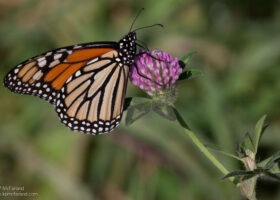
Vermont State Butterfly Proposed for Threatened Species Listing
For many Vermonters, Monarchs are a much-anticipated sign that summer is truly here. However, experts have long been growing concerned over declines in migratory Monarch populations. In December 2024, the U.S. Fish & Wildlife Service officially proposed to list the species as Threatened.
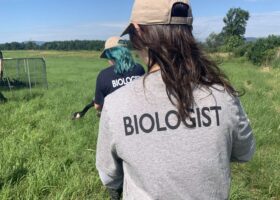
Weekly Reflections from a Summer at VCE
Working with VCE this summer has been immensely rewarding, seeing the animals I love in person and seeing how environmental disturbance affects them in real life. Birds hold a special place in my heart (I have a somewhat unattainable goal of seeing every species in North America before I die), and I’m proud to say I added 42 new birds to my Life List this summer.
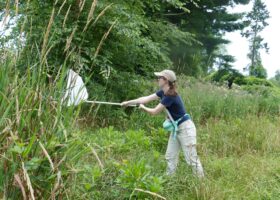
Smith Richardson Wildlife Preserve Visit
VCE has been busy this summer! In addition to asking cutting-edge ecological questions, we are also helping colleagues tackle their conservation problems. This summer, VCE conservation scientist Dr. Desiree Narango and the rest of the technician team have been helping Connecticut Audubon with a key wildlife preserve in Westport, Connecticut.
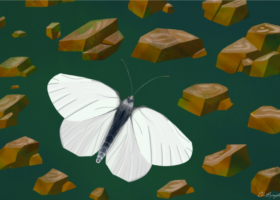
Searching for Butterflies: The West Virginia White
As VCE’s Spatial Science Intern, I spent my summer working with community science observations from several platforms, such as eButterfly and iNaturalist, to create a species distribution model for the West Virginia White in the state. This model incorporated bioclimatic variables and host-plant distributions to reveal areas within Vermont that may be suitable for these butterflies today and into the future.
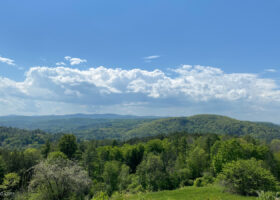
Field Guide to June 2024
Here in Vermont, we dream of June during the darkest days of January. Verdant wooded hillsides glowing brightly under a robin egg sky. Warm afternoon breezes roll through the valleys as we lounge by the clear waters of a cold river. Choruses of birds wake us each morning. The smell of freshly cut grass wafts through the window. Enjoy this guide to some of the month’s delights as the dream of June comes true.
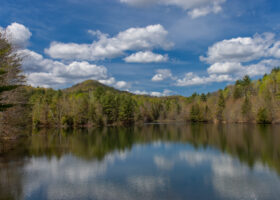
Field Guide to May 2024
The month of May is a show-off. Birds arrive on southern winds and liven the dawn with their chorus. Trees flower, and leaves burst from long-dormant buds. As pools and lakes awaken with new life, woodland wildflowers jump out of the ground to attract the attention of butterflies. Here’s your monthly guide to a month that shouts of life and rejuvenation.
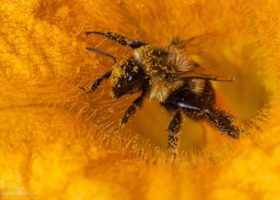
VAL Director Provides Testimony on Proposed Neonicotinoid Ban
On February 9, 2024, VCE Conservation Biologist and Vermont Atlas of Life Director Kent McFarland provided testimony to the Vermont State Agriculture, Food Resiliency & Forestry Committee on H.706, a bill requiring restrictions on neonicotinoids. What follows is the text from the written testimony.
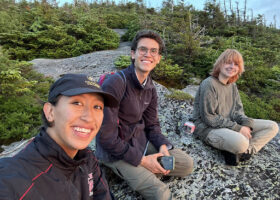
VCE Internship Supports the Future of Ecology
As an organization that strives to “unite people and science for conservation,” we recognize that to become stronger and more resilient, we must create a culture that embraces diversity and fosters inclusivity. With that goal in mind, VCE launched our Future Ecologists internship in 2022.
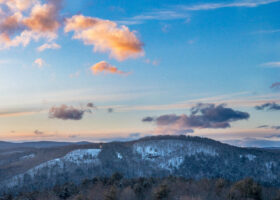
Field Guide to February 2024
This month, wildlife and the rest of us here in New England will cross a significant threshold: 10 hours of daylight. You can sense it when you head out in the morning. Even though we’ve got lots more winter, at least the sound of spring is in the air. So here’s a Field Guide to February to keep your hopes up all day long.
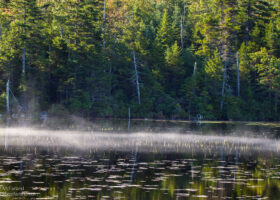
Field Guide to September 2023
It can happen almost anywhere. On a cool, foggy morning, when fall warblers drop from their nocturnal migratory flights into your backyard. Or on a hilltop when the Broad-winged Hawks circling above and Monarchs gliding southward convince you that summer is indeed coming to a close. Here is your field guide to some life on the move in September.
